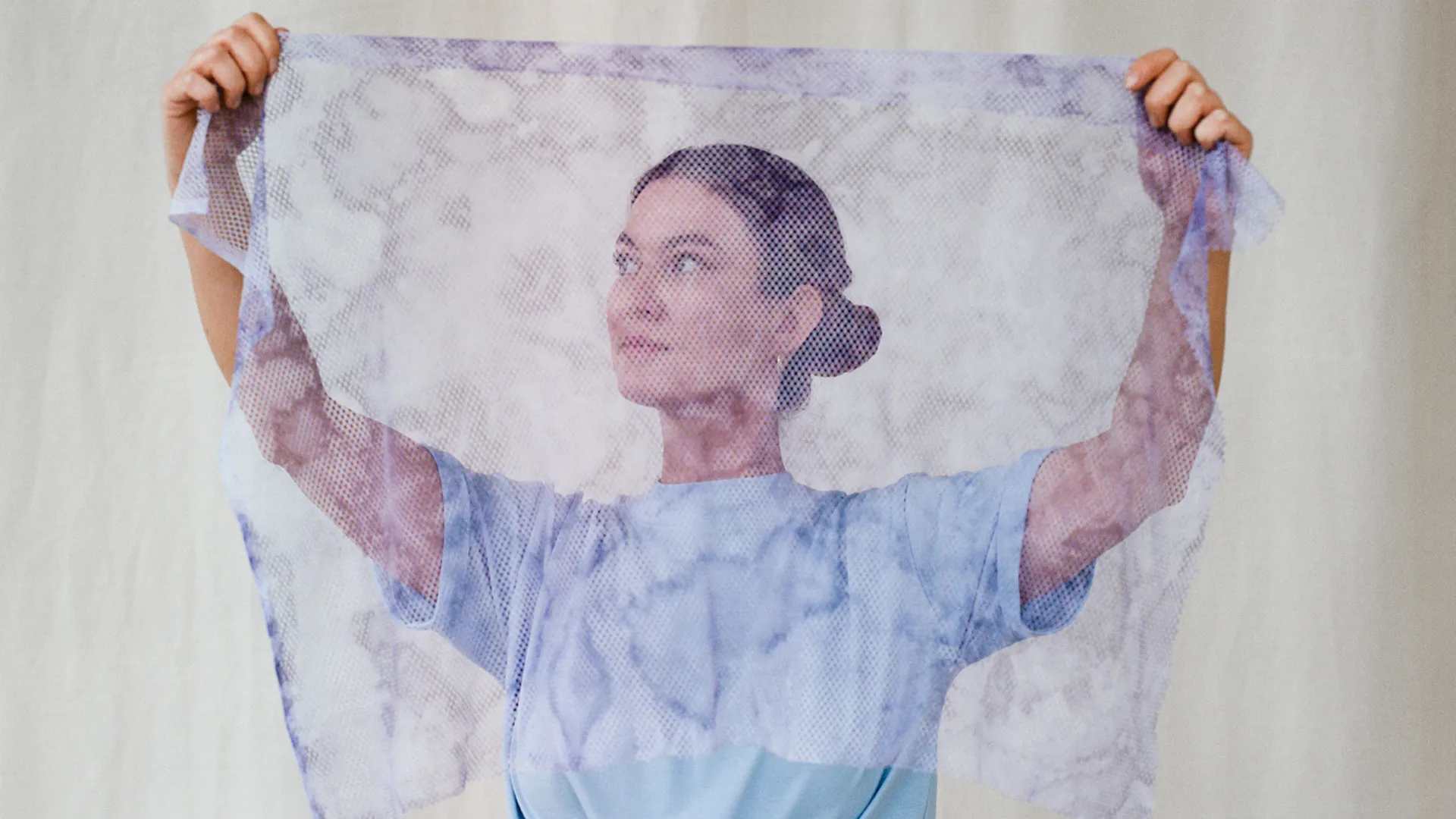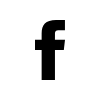

Dyeing textiles with bacteria

The German six-monthly magazine nomad in conversation with the designers Laura Luchtman and Ilfa Siebenhaar, who have come up with an idea for dyeing textiles that cuts the use of water by 90%, thanks to pigment-producing bacteria
The author of the interview, Olivier Herwig, posed the question of whether a new, profoundly individual and human aesthetic is gaining ground. Laura Luchtman and Ilfa Siebenhaar, who dye textiles by harvesting pigment-producing bacteria on their surfaces, replied in the affirmative. The bacteria are kept in a liquid containing nutrients for 3 or 4 days, when they start creating patches of colour on the fabrics, tracing natural growth patterns. “We work with different strains of bacteria. Each type produces one colour […] You may have a light colour in the beginning of spring, but as the year moves into autumn, you’ll dye the colour a darker shade […]. Eventually all the colours will fade into pastel tones and softer hues, and then you start again in spring. And if they fade away, you just build them up again with other types of colours. […] We like to look at it as a new beauty aesthetic.”
This method makes for unpredictable results, never the same. Above all, though, the colouring process saves a great deal of water. “Normally five and a half litres of water are used for a T-shirt. For the same textile item, we don’t even use half a litre” – 90% less, say the designers, who stress the fact that dark colours are more difficult to obtain and that the bacteria also thrive on synthetic fabric as well as cotton and silk.
The process is still being tweaked, and is far from being ready for potential marketing, although there is lively interest from the companies. It is currently unpatented and is an open-source research project, carried out in collaboration with scientists, microbiologists and bio-designers, in a non-competitive multidisciplinary approach. “We want to start a movement to reach designers and people all around the world and educate them about the possibilities of bacteria,” they conclude.
Credits
Original Text: Olivier Herwig
Photos: Cleo Goossens and Peter Rigaud
Magazine: nomad
Publisher: hw.design gmbh

















